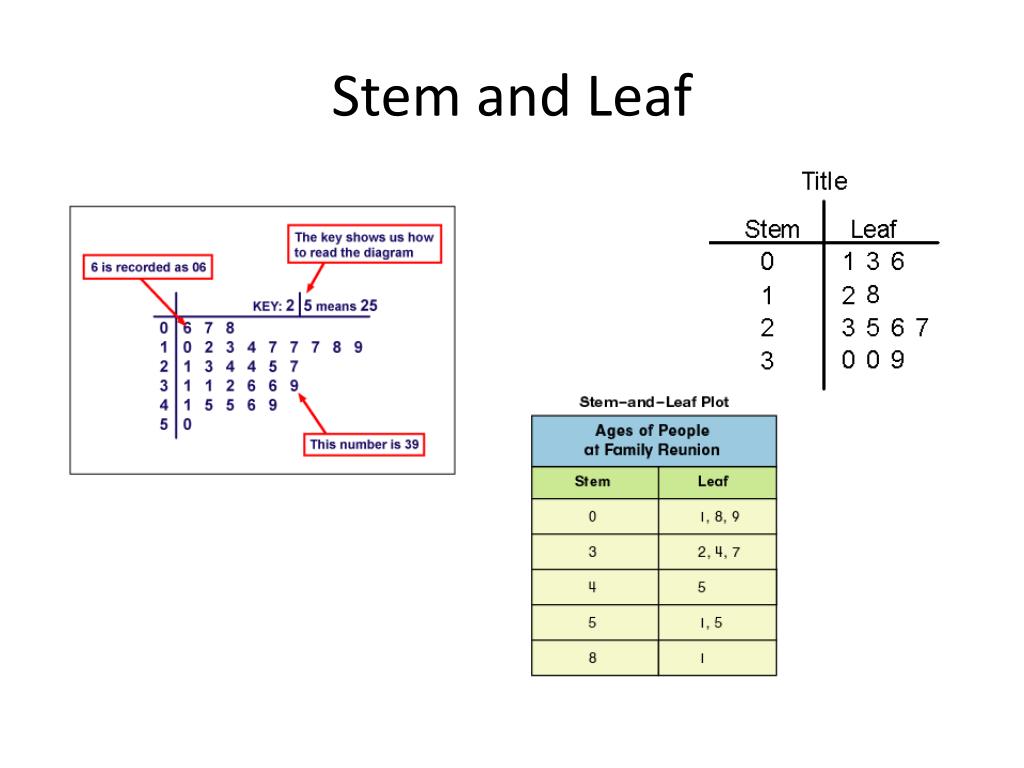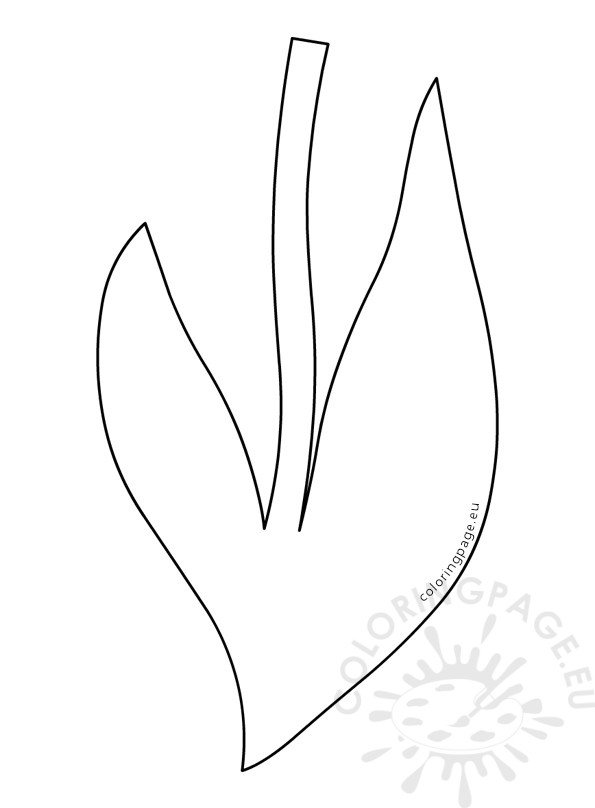
In this set of data, 55 is the number that appears the most. Don’t select the label in any of the columns just select the values. First, select the stem column, and then holding the CTRL key select the leaf positions columns. The specific advantage of the stem-and-leaf plot over a histogram is that the stem-and-leaf plot, aside from showing the distributional properties. The mode is the value that appears the most. Now that the values have been sorted and extracted, you are ready to create the stem and Leaf plot. A stem-and-leaf plot is a chart tool that has a similar purpose as the histogram, and it is used to quickly assess distributional properties of a sample (the shape of its probability distribution). Now, let's find the mode of the data set. The median score is 42.5 for this data set. This data set has two scores in the middle.įind the mean of these two scores and that will give you the median. The leaves are listed in increasing order in a row to the right of each stem. It is important that each stem is listed only once and that no numbers are skipped, even if it means that some stems have no leaves. A stem-and-leaf plot is a graphical device in which the distribution of a dataset is organized by the numerical value of the observations in the dataset. The stems are listed to the left of the vertical line. The tens column becomes the stem and the units become the leaf. Sometimes there will only be one number in the middle, and sometimes there will be two numbers. The stem-and-leaf display is drawn with two columns separated by a vertical line. A stem and leaf diagram is drawn by splitting the tens and units column. Find the middle score by counting to the middle. For example, if a data point is 42, the stem is 4 and the leaf is 2. The stem value contains all the digits of a data point except the final number, which is the leaf. The stem values divide the data points into groups. You just wrote all of the scores in order from the smallest to the greatest. To make a stem and leaf plot, split each data point into a stem and leaf value. Lets use the dataset below to build a stem-and-leaf plot together.

A stem and leaf plot is one way to show how often classes of values appear in a data set. Remember that the median is the middle score. Stem and Leaf Plots - Construction and Interpretation. Next, let's find the median of the data set. Then, divide by the number of values, which is 16. To find the mean, add up all of the numbers in the set and divide by the number of values that you added.ģ5 + 36 + 37 + 38 + 40 + 40 + 41 + 42 + 43 + 55 + 55 + 55 + 56 + 57 + 58 + 59 = 747 You can use a stem-and-leaf plot to find the mean, median and mode of a set of data. The mode is the number that occurs the most in a set of data. leafing intensity (calculated on the basis of stem volume, mass and cross-sectional area: LIV, LIM and LIA, respectively) for the data collected from three different forest types along an elevational gradient. The median is the middle number of a set of data. Summary of regression slopes and Y-intercepts ( and log, respectively) for maximum individual leaf size (M max or A max) vs. The mean is the average of a set of data. Here are two examples: Step 2: Arrange your scores in. A stem and leaf diagram is one way of grouping data into classes and showing the shape of the data.
STEM AND LEAF HOW TO
This shows the reader how to read your stem-and-leaf plot.

Using Stem-and-Leaf Plots to Find The Mean, Median, and Mode of a Data Set Step 1: When you create your stem-and-leaf plot, you should always include a key. The two distributions are placed back to back along a common column of stems.\)

There is a variation of stem and leaf displays that is useful for comparing distributions. If rows get too long with single stems, you might try splitting them into two or more parts. Whether you should split stems in a display depends on the exact form of your data. \) because the latter figure lumps too many values into a single row.


 0 kommentar(er)
0 kommentar(er)
